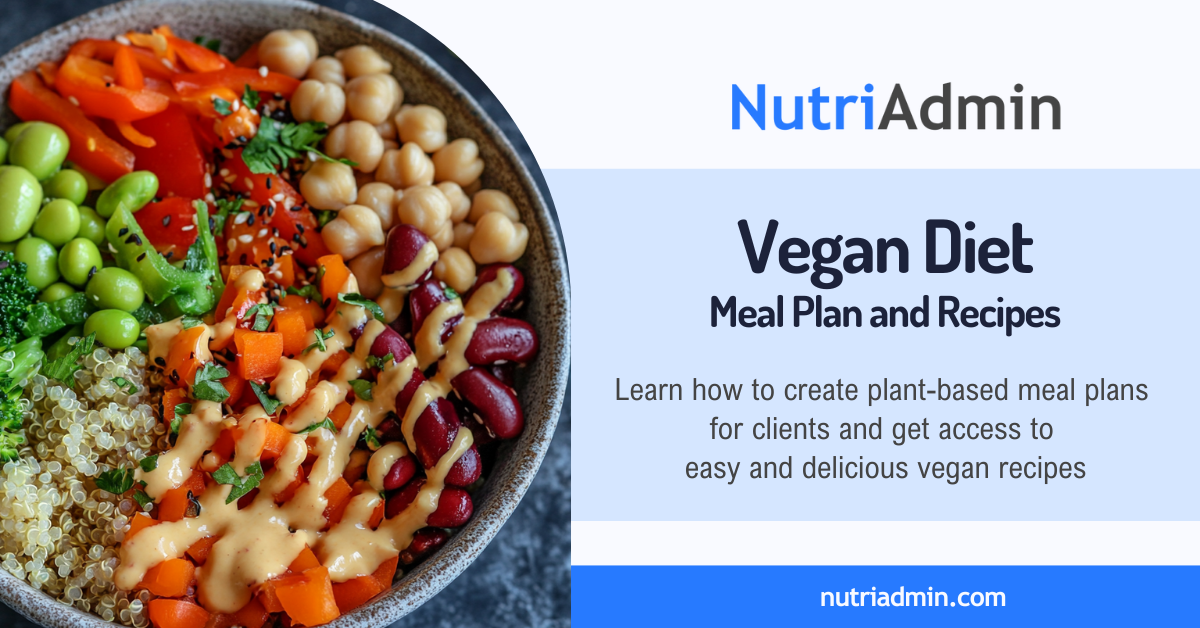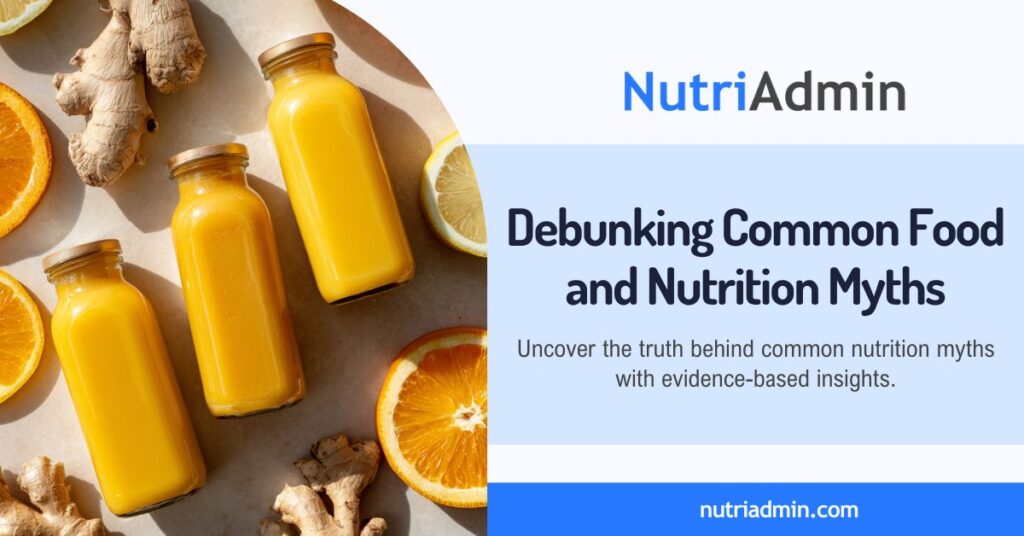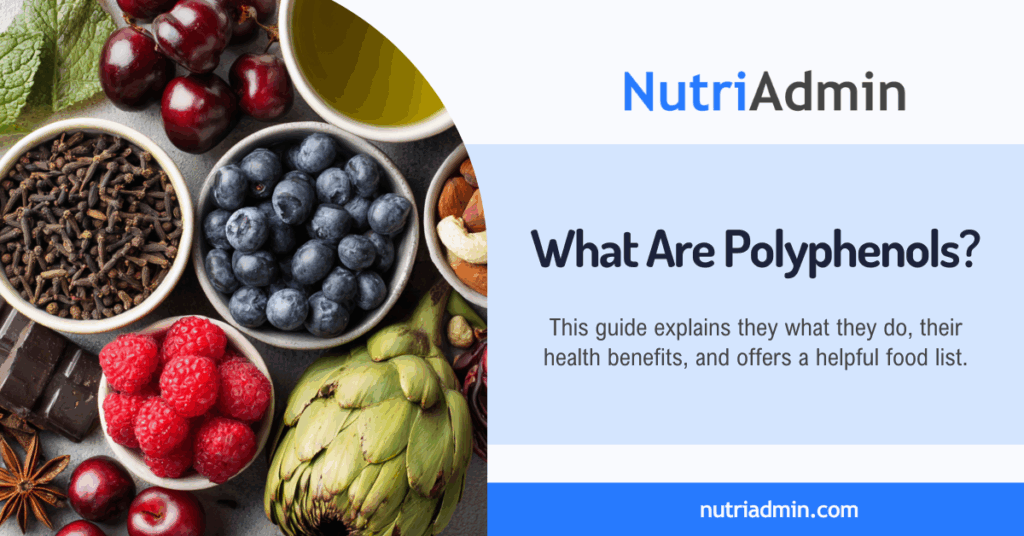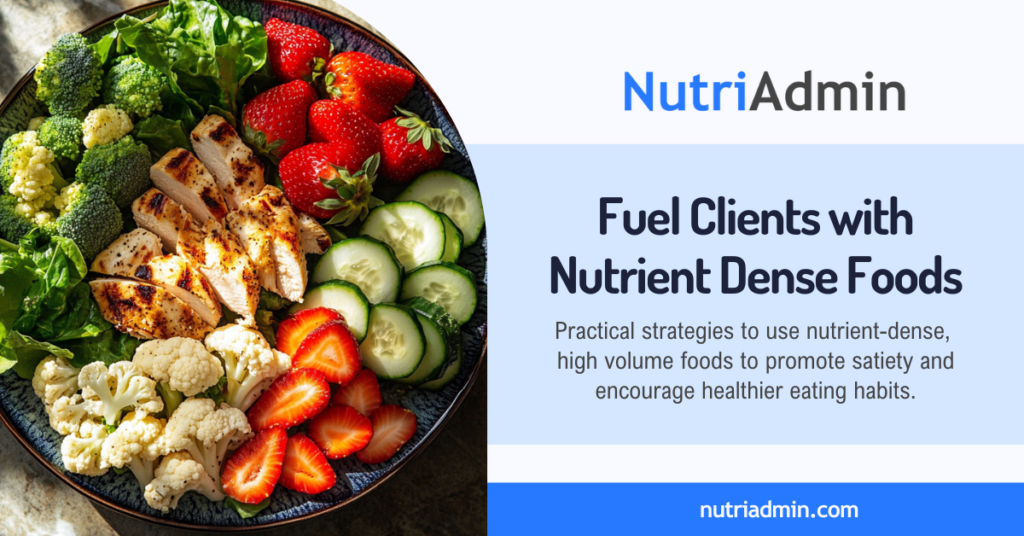As a nutritionist or coach, it is only natural to work with a diverse range of clients. With the growing awareness of the environmental and health benefits of plant-based diets, you may find yourself working with more vegan clients. Do you feel ready and confident in your ability to recommend easy and tasty vegan diet recipes and create vegan meal plans?
If you’re unsure, this guide is for you. We will help you learn more about the vegan diet and provide practical tips on how to create effective vegan meal plans like a pro!
What is the vegan diet?
A vegan diet is a plant-based diet that excludes all animal products, including meat, dairy, eggs, and honey. It also excludes other animal-derived ingredients, such as gelatin and certain food additives.
In contrast, other vegetarian diets, such as lacto-vegetarian and lacto-ovo-vegetarian diets, may include dairy (lacto) and eggs (ovo), respectively. Additionally, pescatarian diets include fish in addition to plant-based foods, while flexitarian diets primarily consist of vegetarian foods but occasionally include meat or fish.
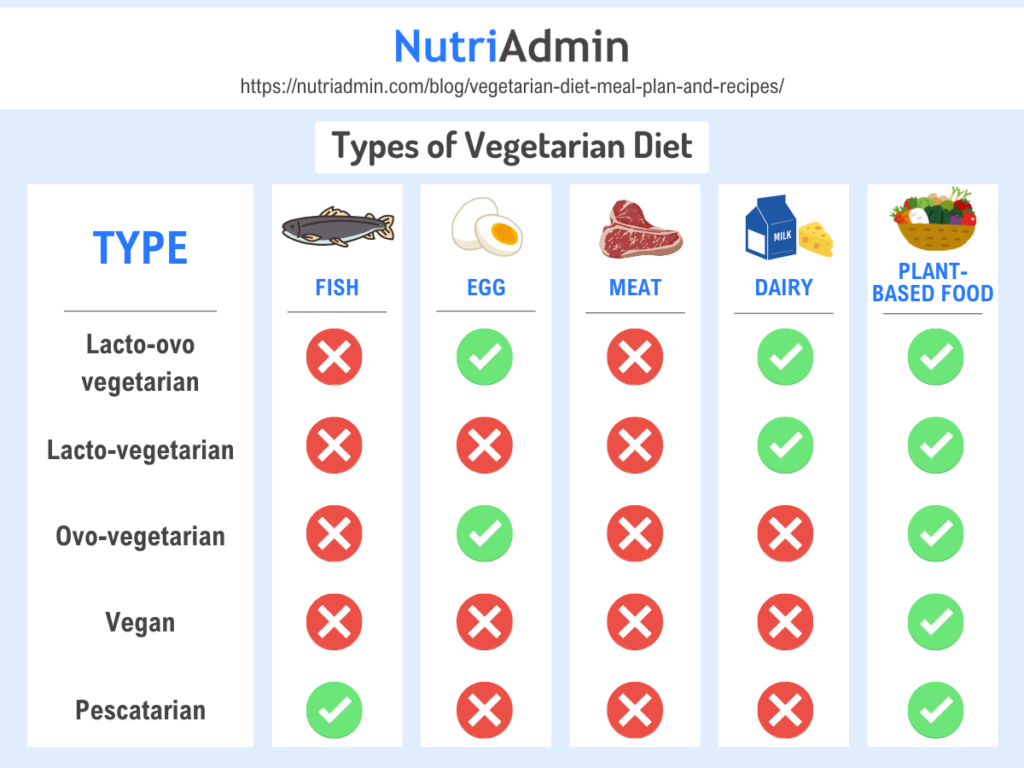
Types of Vegan Diets
People choose to follow the vegan diet for a variety of reasons, including ethical considerations, health benefits, and concerns for animal rights. Veganism is also often associated with environmental sustainability and reducing the impact on the planet.
Due to these reasons and other perceived benefits, people follow different variations of the vegan diet.
- Whole-food vegan diet: based on whole plant foods such as fruits, vegetables, whole grains, nuts, and seeds.
- Raw vegan diet: consists of at least 75% raw food, including raw fruits, vegetables, nuts, and seeds, which have never been heated above 47°C.
- Low-fat vegan diet: emphasizes the consumption of low-fat plant foods and limits high-fat plant foods such as nuts, seeds, avocados, and coconut.
- Ketogenic vegan diet: focuses on consuming high-fat, adequate-protein, and low-carbohydrate foods. It excludes all animal products and relies on healthy fats like avocados, nuts, seeds, and coconut oil, along with low-carb vegetables.
Vegan Diet Meal Plan and Recipes
When creating vegan meal plans, several factors must be considered. Since they exclude all animal products, you need to carefully select meals for your clients, ensuring they receive enough essential nutrients while also enjoying their meals.
Vegan Diet Food List
It is important to understand which food items can be included in recipes and meals when creating a meal plan that adheres to a specific diet. In a vegan diet, the general rule is to avoid consuming anything that comes from an animal source.
Carbohydrates
- Whole grains – quinoa, brown rice, oats, barley, millet
- Fruits – apples, bananas, oranges, berries, kiwi, grapes, pineapple, mango
- Vegetables – carrots, beets, spinach, zucchini, lettuce, bell peppers, broccoli
- Tubers – potatoes, sweet potato, yams, taro
- Bread and Pasta – always read the ingredients to ensure they contain no milk or eggs.
Protein
- Seitan
- Soy-based products – tofu, tempeh, and soy milk
- Edamame and green peas
- Pulses – beans, peas, and lentils
- Nuts, nut butter, and seeds – almonds, peanuts, hemp seeds, chia seeds
- Spirulina
- Quinoa and amaranth
- Nutritional yeast
- Mycoprotein
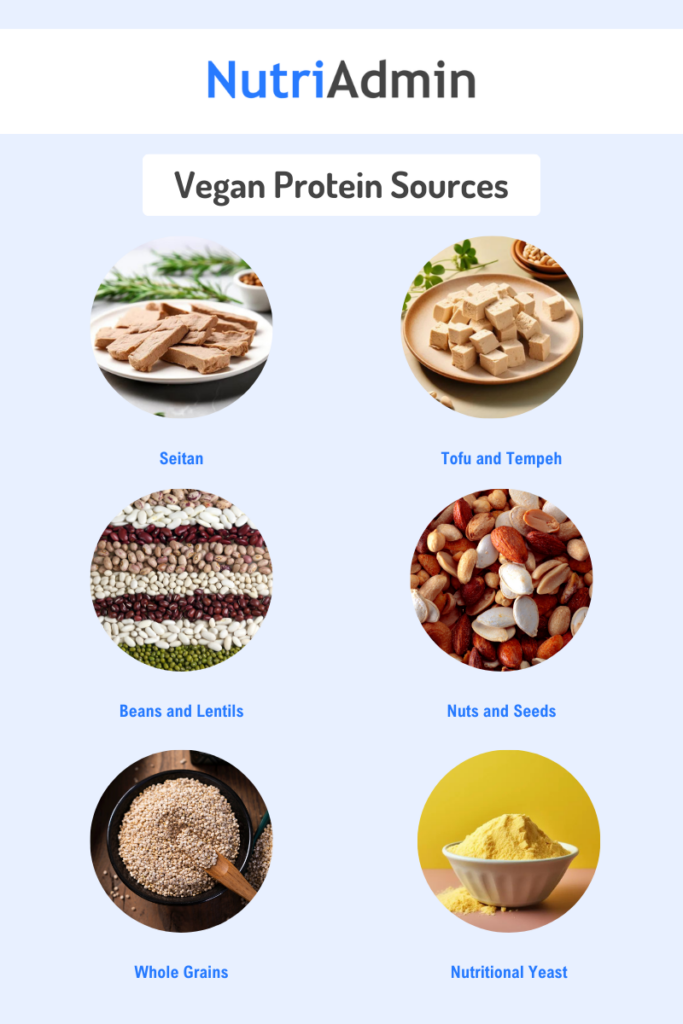
Fats and Oils
- Avocado
- Nuts – peanuts, almonds, cashews, walnuts, pistachios, hazelnuts
- Seeds – flaxseeds, hemp seeds, pumpkin seeds, sunflower seeds
- Coconut – coconut cream, milk, and oil
- Olives and Olive oil
- Nut butter – peanut butter, almond butter, cashew butter
- Plant-based oils – sesame oil, avocado oil, flaxseed oil
- Dark chocolate
- Tahini
Importance of Checking Labels
It is important to check whether any products, especially packaged or processed foods, are vegan-friendly before recommending them to your vegan clients. If a product does not specify that it is vegan-friendly, read the ingredients list to ensure that there are no hidden animal products included.
The following list contains foods and ingredients that may contain animal products.
- Gelatin – commonly found in jellies, candies, frosting, marshmallows, and other sweets. It is derived from animal hides, crushed bones, and connective tissues of cattle and pigs.
- Whey, Casein, and Lactose – dairy-derived components that are commonly used in various processed foods.
- Lard and Tallow – animal fats that are commonly used in various dishes, especially fried foods.
- Carmine – red food coloring made from powdered insects’ bodies.
- Beer and Wine – some brands may contain animal-derived ingredients or be processed using animal products such as gelatin, isinglass, egg whites, casein, or albumen.
- Pesto – store-bought pesto usually contains parmesan cheese.
Food products containing these ingredients should not be recommended to vegan clients. If you are unsure if a product is vegan, it is best to check the labels and do your research on alternatives.
Creating Vegan Meal Plans for Clients
The vegan diet has become popular recently, and there are many vegan options available in the market. However, developing professional meal plans for various vegan clients can still pose challenges.
Since a vegan diet excludes animal products, additional factors must be considered to create effective meal plans. Here are some of the factors you should consider:
- Nutritional assessment and health conditions.
- Client goals
- Ensure your clients are getting enough nutrients, especially those that are typically low in plant-based products such as Vitamin B12.
- Food preference
- What type of vegan diet are they following, or would you recommend?
- How much time are clients willing to spend on food preparation?
- Knowledge and skills in cooking.
- Available ingredients and cooking equipment.
If you lack experience in meal planning, creating a single meal plan while considering all these factors could take you hours, if not days.
The question is: Do you have the time for this?
As a nutrition or fitness professional, you probably don’t want to spend so much time creating a single meal plan instead of focusing on helping your clients achieve their goals or growing your business. Investing in meal planning software would be a great option if you want to achieve this.
Professional Meal Planning Software
NutriAdmin, a meal planning software for coaches, nutritionists, and personal trainers, has an automatic meal planner that can help you create high-quality meal plans in just 60 seconds!
Investing in professional nutrition software can help you reduce meal planning creation time while maintaining the quality of the meal plans you create.
You can customize parameters such as calories, macros, meal types, diet, maximum cooking time, cuisines, and available ingredients based on the client’s location. Additionally, you can exclude ingredients that your client is allergic to, can’t tolerate, or simply doesn’t like.
Every meal plan will include your logo, company name, and professional name, along with other customizable components to match your branding. It also includes easy vegan recipes with automatic nutritional analysis and a shopping list.
You can conveniently share them through the client portal or download them as PDFs to send to clients via email or other messaging platforms.
The meal plan contents are customizable and can be used for marketing purposes, such as offering them as freebies to your clients or as lead magnets.
Vegan Diet Recipes
If you prefer creating meal plans using your own recipes but want to explore more easy and delicious vegan diet recipe ideas, NutriAdmin has a nutritionist-vetted recipe database to help you with this.
Using the recipe search feature, you can easily incorporate NutriAdmin recipes into your meal plans with just a few clicks. If you have a specific recipe in mind or want to find a recipe within a certain calorie or macro range, you can use the Advanced Search option.
This feature also allows you to exclude ingredients, select dish types, and choose from diets including vegan, raw vegan, and ketogenic vegan, among others.
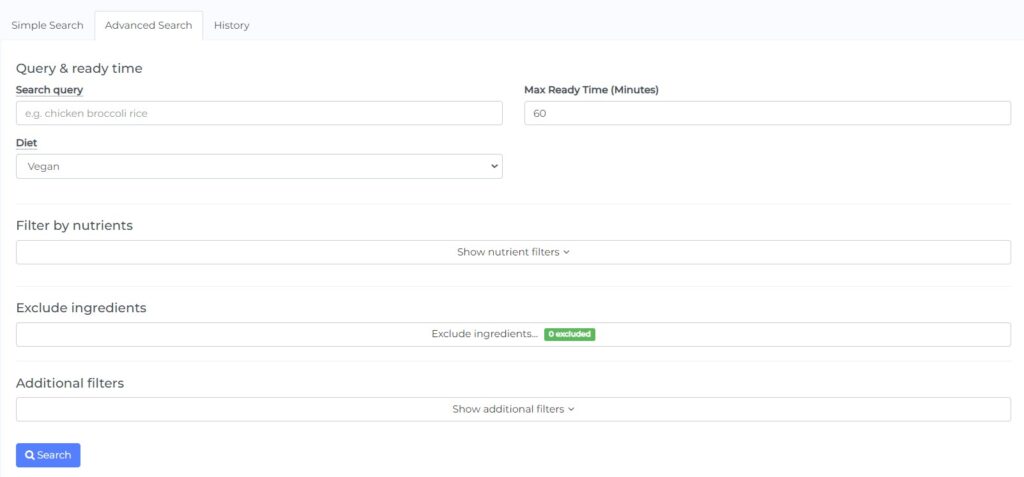
You can download the sample recipes from the NutriAdmin recipe database below and use them in your vegan diet meal plans.
Summary
When developing vegan meal plans, consider the client’s nutritional needs, health conditions, goals, and food preferences.
Include a variety of protein sources like tofu, legumes, and seitan, along with whole grains, fruits, and vegetables for carbohydrates. Additionally, it’s essential to incorporate healthy fats from avocados, nuts, and plant-based oils. Pay special attention to nutrients often lacking in vegan diets, such as vitamin B12, iron, and calcium.
Use a comprehensive vegan food list to ensure diverse, balanced meals. Remember to check labels for hidden animal-derived ingredients before recommending products to clients.
By focusing on these aspects, nutritionists and coaches can create varied, nutritious, and appealing vegan meal plans that support their clients’ health goals and dietary choices.
Finally, if you’re interested in learning more about the nutritional aspects of a vegan diet focused on weight loss, feel free to check out our comprehensive guide.
